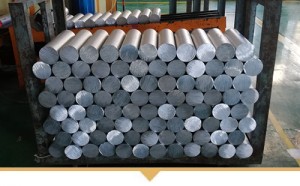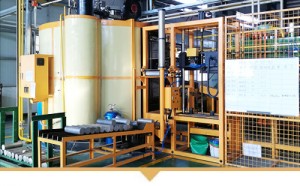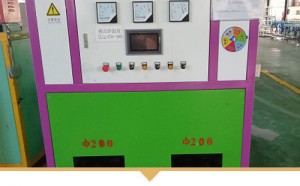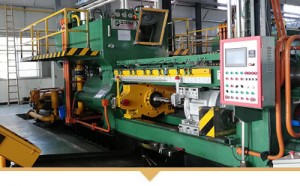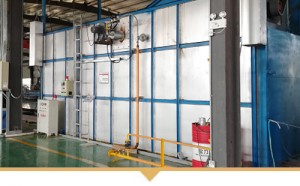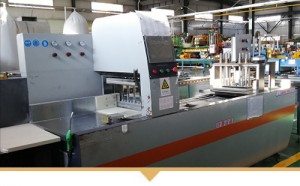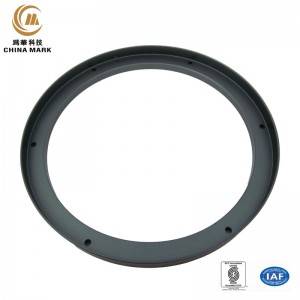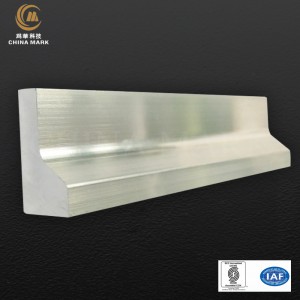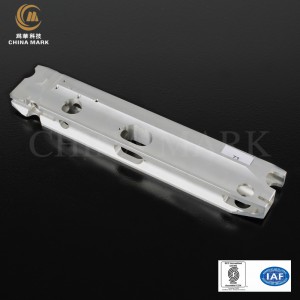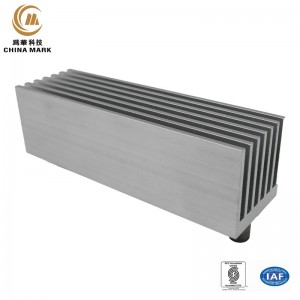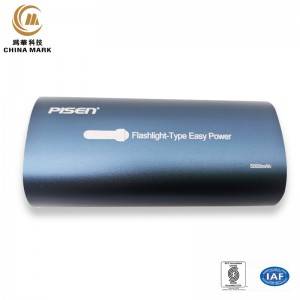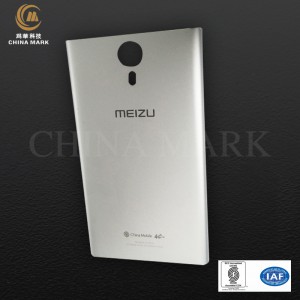Which type of aluminum profile is most commonly used in the industry?
The 6-series aluminum profile is currently the most circulating aluminum profile in the market and most used in industry. Its main alloy ratio is magnesium and silicon. Different grades of aluminum alloys have different uses. Take the commonly used 6 series aluminum alloys as an example.
6063, 6063A, 6463A, 6060 industrial aluminum alloy profiles.
In addition to being widely used as building doors and windows and curtain wall structure and decoration materials, it is also widely used as indoor furniture, toilets, round and square and various heatsink with complex structures, elevator handrail profiles and general industrial pipes and bars.
6061, 6068 aluminum alloy industrial profiles.
Mainly used as large refrigerated containers, container floor, truck frame parts, ship upper structure parts, rail vehicle structure parts, large truck structures and other mechanical structural parts.
6106 aluminum alloy industrial profile.
It is widely used in various pipes, wires and bars that require corrosion resistance.
6101, 6101B aluminum alloy industrial profiles.
It is specially used to produce high-strength electric bus bars and various conductive materials.
6005 aluminum alloy industrial profile.
Mainly used as ladders, TV antennas, TV launchers, etc.
6 different types of extruded aluminum surface treatment methods:
(1) Mechanical surface treatment Aluminum can be polished, sandblasted, polished, ground or polished. These finishes can improve surface quality or prepare aluminum for other cosmetic finishes.
(2) Pretreatment Use alkali or acidic materials to etch or clean aluminum. The pretreatment coating is then applied. This coating can enhance the adhesion of powder or paint and provide corrosion resistance.
(3) Bright impregnation Extrusion can be brightly dipped to give aluminum a mirror or "mirror" finish. For this, the technician puts the profile into a special impregnation solution (a combination of hot phosphoric acid and nitric acid). After bright immersion, the profile can also be anodized to thicken the corrosion-resistant oxide layer of the metal.
(4) Anodizing In addition to the natural oxide film, this electrochemical process provides additional protection. A durable porous anodized layer is formed on the surface of aluminum. Anodized aluminum can also accept bright colors. You can anodize any kind of aluminum alloy.
(5)Powder spraying The powder coating leaves a thin film that can meet stringent performance standard. At the same time, they are VOC-free. This is the ideal choice to meet VOCs environmental regulations. The product is applied as a solid during extrusion. During the oven process, the solid particles fuse together to form a film.
